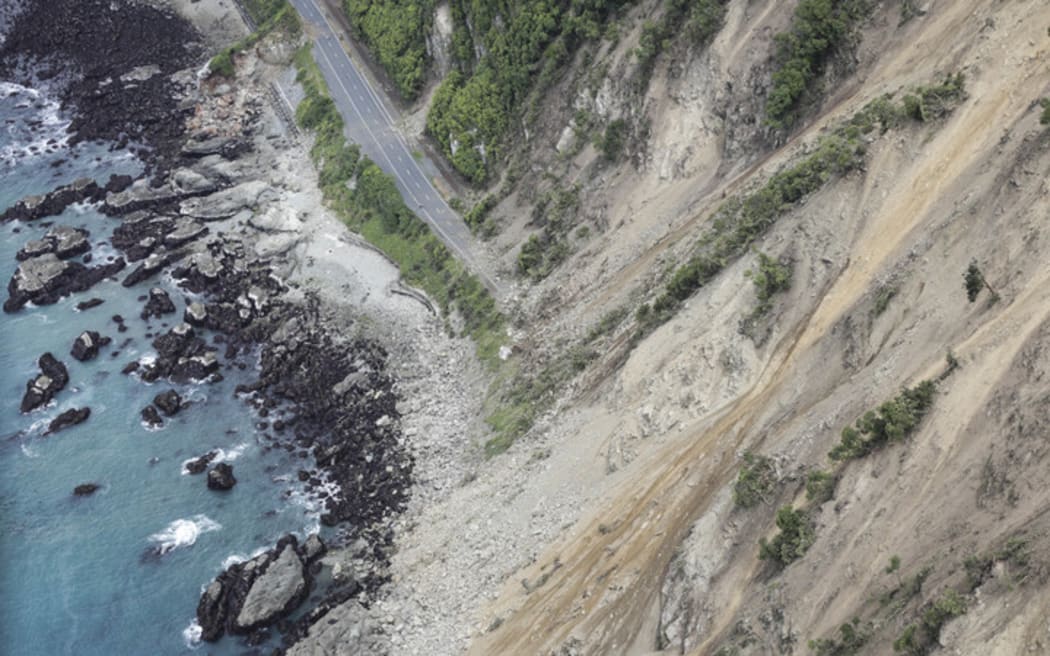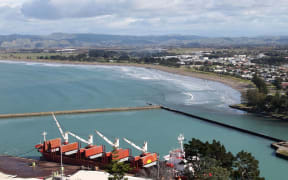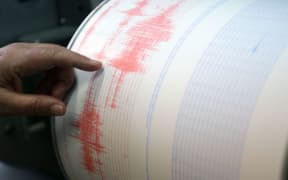For the first time, seismologists are seeing simultaneous slow-slip earthquakes in the North Island.

A major slip around Kaikoura. Photo: RNZ / Rebekah Parsons-King
Slow-slip quakes happen when tectonic plates move over the course of weeks or months, rather than seconds.
Because they happen over such a long period of time, they cannot be felt by either humans, or conventional seismological equipment.
Instead, data around slow-slip quakes comes from GPS monitors, which can measure how much the earth is moving over an extended period of time.
Since the Kaikoura quake there has been 15cm of slip in Gisborne and Hawke's Bay - the same movement you would see following a magnitude 7.2 quake.
And on Saturday GNS Science said it had noticed about 7cm of movement in Kapiti and Manawatu - equivalent to a magnitude 6.8 quake.
It is the first time the institute has seen slow-slip movement in two different places simultaneously.
GNS seismologist Anna Kaiser said the Kaikoura quake could be behind these "silent earthquakes".
"This big Kaikoura earthquake can influence the slow-slips, and then often when we have a slow slip event we see earthquakes forming around these areas, so there's a very complex interaction between all these phenomena."
Ms Kaiser said knowledge of slow-slip quakes was still very much in its infancy, and GNS was keeping a close eye on developments.



